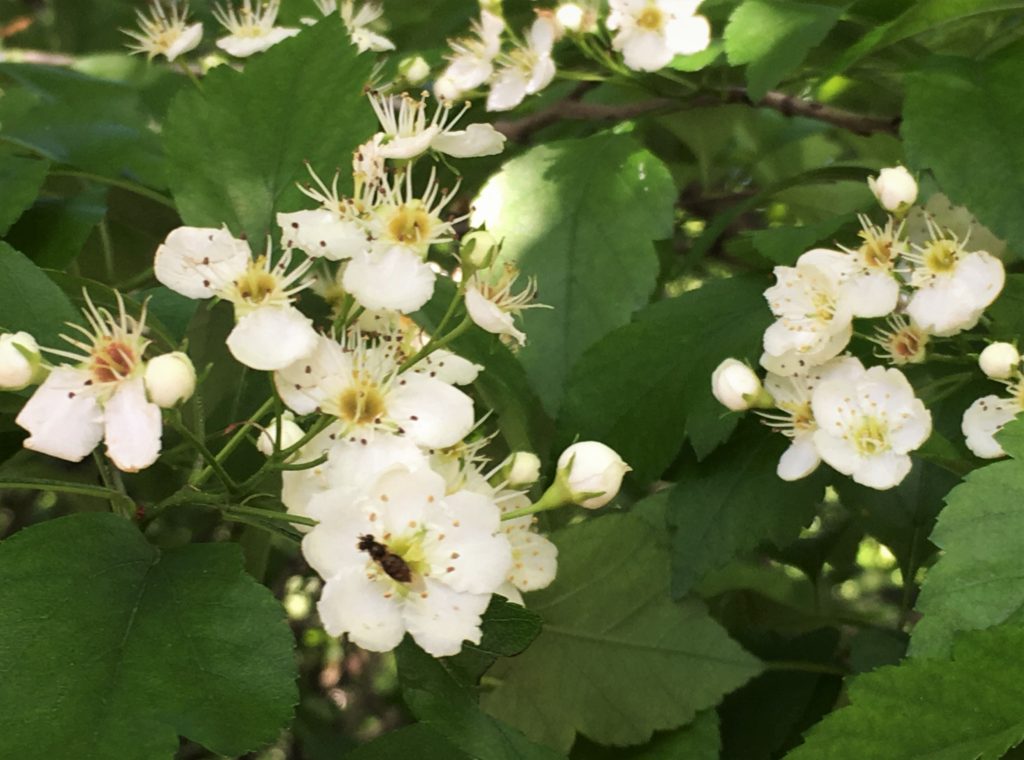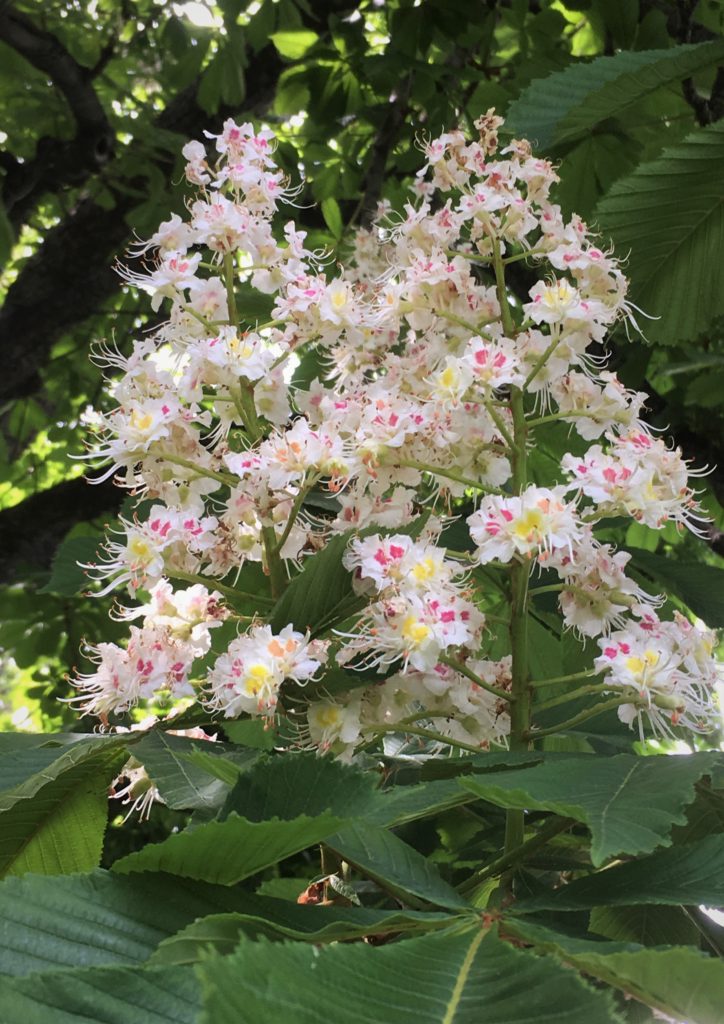For a few years, I lived in a colonial house with a big yard. Despite its Depression-Era genesis, no details, in and around the house, were spared. However, by the time I took over the property, it was begging for some tender-loving care.

On the south side of the house, there was a hawthorn tree. It was allowed to grow wild and was tall enough that I could look out of the windows on the second floor to enjoy its white flowers in the spring. Its shades would keep the sunroom cool in the summer. Birds loved hiding in its leafy branches and feeding on its red fruits.[1] Alas, the thorns and the uninviting odor.

On the other side of the driveway, there were two other old-fashioned trees—a buckeye and a tulip tree, standing on a narrow strip of soil along the property line, sandwiched in by driveways on both sides. The ownership of these trees was never declared, nor did it lead to any disputes.
Having studied and worked for many years in Ohio—the Buckeye State, I only knew how a buckeye tree looked like after moving into the old house. Every spring, cream-colored flowers with spotty red center would stand out from the branches like little candelabras, ready to lite up a great hall for the most splendid banquet.

The tulip tree was the tallest and the prettiest among these trees.[2] Its leaves had the most distinguishable characters: palm-shaped with four wide blades, symmetrical—as if someone clipped off their tips. On breezy evenings, the sound of fluttering leaves sang me to sleep. Because the sepals of its tulip-like flowers were pale green, blending in easily with the leaves, I often failed to notice them until the driveway was strewn with large petals.
Every May all these trees will bloom about the same time. Concerto? Competition? Conspiracy? Organized activism? No matter. The enthusiasm was obvious. Standing at the edge of my backyard, I would see the perfect blend of light green, cream and white moving in accordance with spring breezes.
Then, tragedies would take place with unexpected storms. Suddenly, bright-color confetti on the branches would become muddy chutney on the ground. It would be the prelude of what’s to come later in the season: Leftover haws and prickly buckeye fruits with their inedible nuts would give me the runaround, keeping them off the driveway. After adding their glorious yellow to the autumn foliage, fallen tulip tree leaves would make the ground slippery.
Some friends made fun of me trying to keep up with these trees. But I loved the fact that they had been part of the landscape for a long time, not only on my land but also in the general geographical area. For the joy that they brought me, it was only fair that I took good care of them. After all these years, I still think of them often.
[1]Haws (hawthorn fruits) can be made into jellies. Fruits of Chinese hawthorn (Crataegus pinnatifida) 山楂 are similar to crabapples in color and size. They are often used in herbal medicine and/or made into sweets. Tanghulu 糖葫蘆, sugar-coated haws on bamboo skewers, are most popular with children.
[2]It is often said that tulip trees are the tallest and straightest tree in the forests in Eastern North America.
